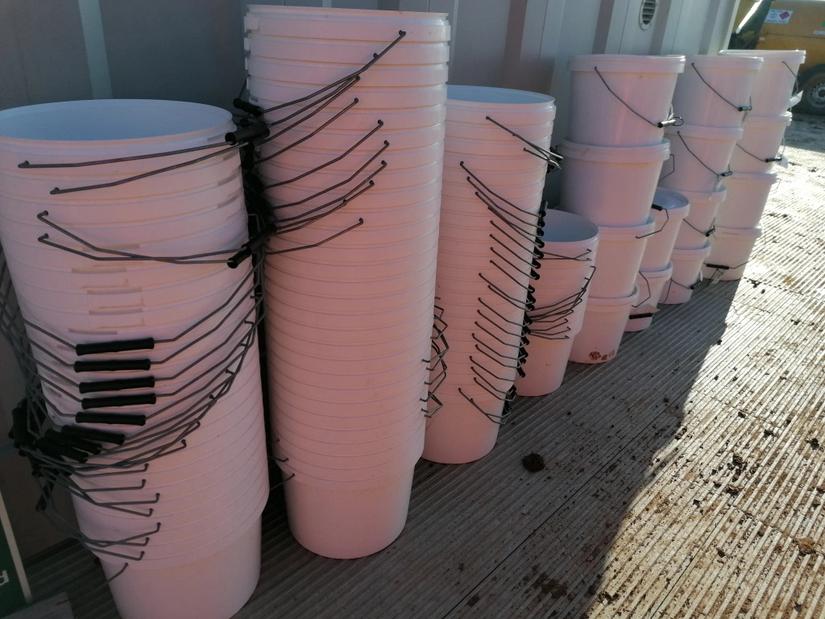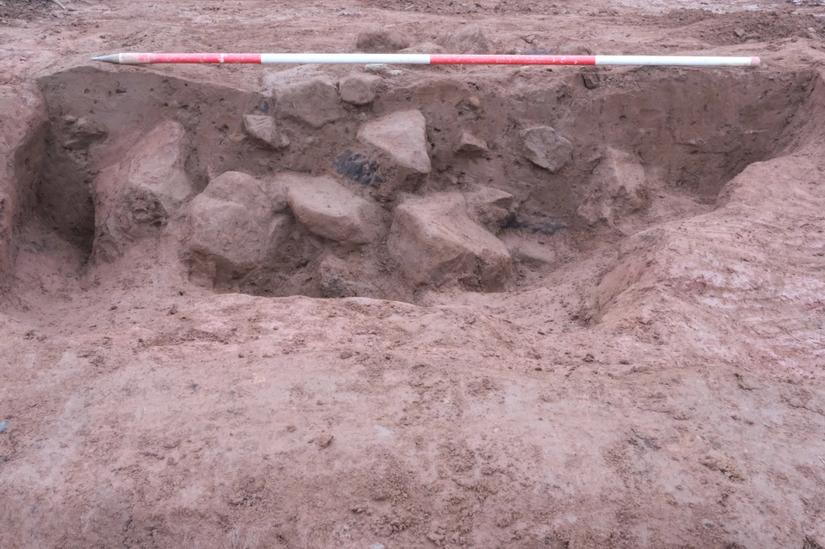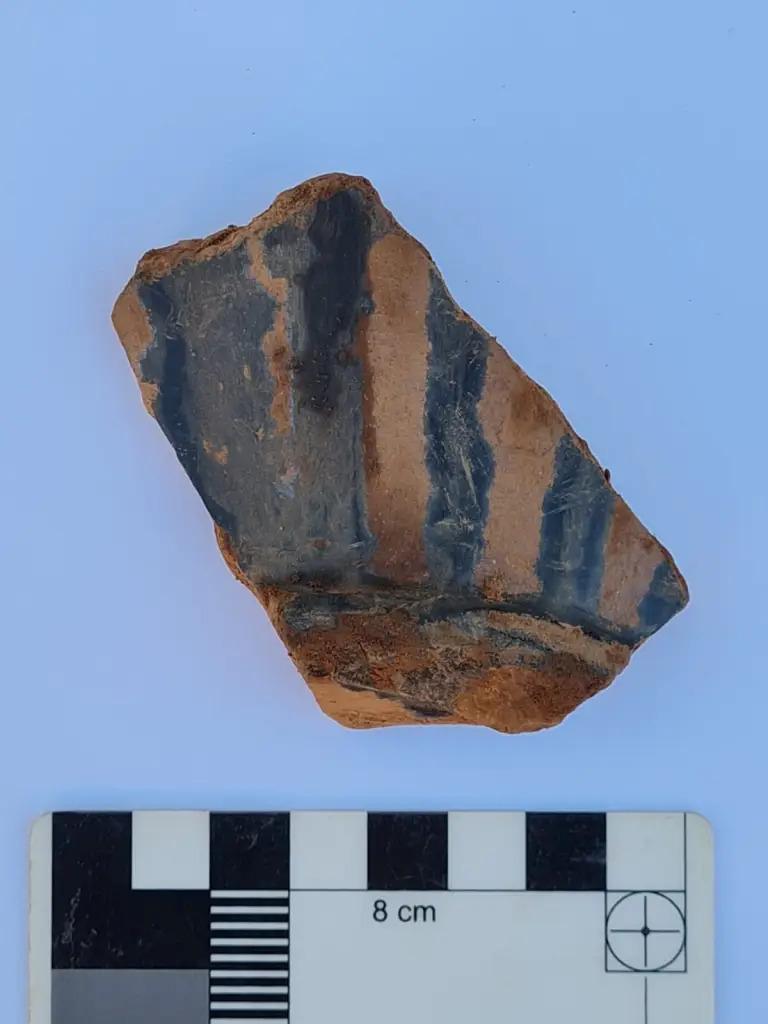Eastern Green Week 5: Sampling
The excavations at Eastern Green, south of the A45, Coventry, were carried out by L – P : Archaeology (now part of MOLA) on behalf of Orion Heritage and Hallam Land Management. You can read more about the site and the progress of the excavations through these weekly update blogs
This week we had a visit from Dr Matthew Law, one of L-P : Archaeology's environmental archaeologists. Environmental archaeologists explore how past societies interacted with the environment around them by studying the remains of plants and animals. We take samples of soil on site, which can contain charcoal, insects, and even pollen, from hundreds or thousands of years ago. This helps us answer questions like; "what wood did people living here use for fuel?", "what crops were they growing?" and "what did this landscape look like in the past?". Hopefully, the results from our soil samples will give us a great insight into the past environment of Eastern Green.

We take a lot of samples on-site. For each sample Historic England guidance suggests we take 40 litres. That's 4 sample buckets! Each sample bucket has a label, so we know exactly which context on site it is from. This helps us build up our overall understanding of the site through time.

We take samples from all different contexts, as advised by one of our environmental archaeologists. Typically, we would sample 20% of features like ditches and pits. The samples ideally help us answer two main questions: "what were people doing here?" and "what was the environment like here?".
However, Dr Matt Law told us that samples from pits often only help us answer the first of these questions, as we often don't know exactly how material got into them, or where it came from in relation to the site. We have found a few pits on site, in a range of sizes, but we are still interested in finding out the results from sampling these as all this information can add to our interpretation of how the site was used!

We are also looking forward to finding out the results from the charcoal we have collected, as this will tell us what wood people were burning for fuel - this in turn will give us a greater understanding of the trees that were growing in the vicinity during the Roman period. Unfortunately, we don't expect to have pollen surviving in our samples, as these tend to be preserved in waterlogged environments. Hopefully, we will be able to report back on our sampling again as we continue our excavations, so keep an eye out for that.
In next week's blog, we will take a look at some of the pottery and more of the ceramic building material we have found on-site (check out previous updates for our lovely Roman slate tiles). Here's a little sneak peek of a particularly nice potsherd, photographed expertly by Ann, one of our archaeologists!
